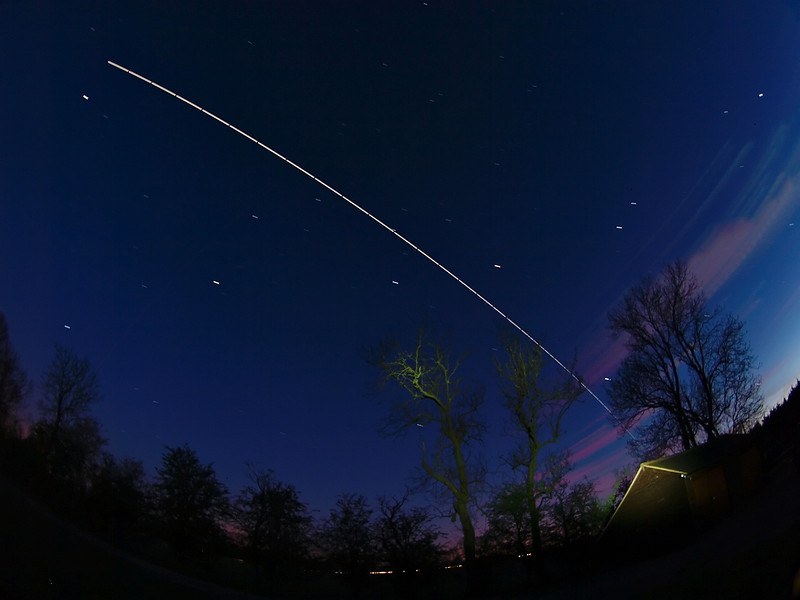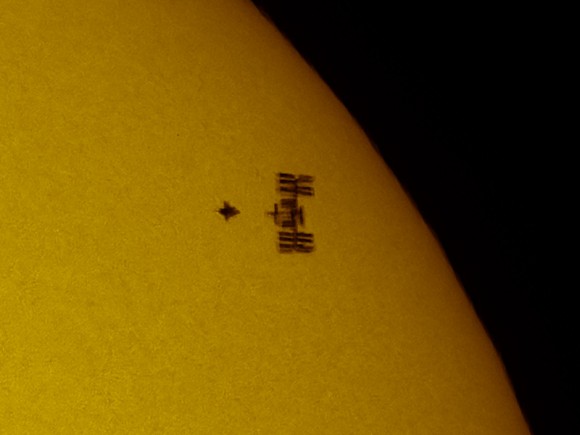
Jupiter's primary Opposition
(Juno, a/k/a Hera & Mrs. J.)
Posted on 12/23/2013 9:47:23 AM PST by BenLurkin
Orbiting the Sun once every 11.9 years, oppositions of Jupiter occur about once every 13 months or about 400 days, as the speedy Earth overtakes the gas giant on the inside track. This means that successive oppositions of the planet move roughly one astronomical constellation eastward. In fact, this year’s opposition is it’s northernmost in 12 years, occurring in the constellation Gemini. “Opposition” means that an outer planet is rising “opposite” to the setting Sun. As this opposition of Jupiter occurs just weeks after the southward solstice, Jupiter now lies in the direction that the Sun will occupy six months from now during the June Solstice.
This all means that Jupiter will ride high in the sky for northern hemisphere observers towards local midnight, a boon for astrophotographers looking to catch the planet high in the sky and out of the low horizon murk.
(Excerpt) Read more at universetoday.com ...
Thanks. I’ll cast my eyes on the western sky at twilight.
Have you tried the NASA eyes on the solar system program? Its got some neat stuff. It shows the current locations of all the spacecraft, distances, speed etc. Its also got Eyes on the exoplanets which is pretty cool.
Its been out for quite a while but my old computer wouldn’t even open it. The new one runs it flawlessly.
Venus is also very bright now after sunset, and will be so for at least another month. In fact, it is so bright that it can be mistaken for the headlight of an oncoming airplane or helicopter.
http://www.evsjupiter.com
ok i cant figure out how to embed a link. Back to html page.
Got a Celestron 130 to observe Ison but that fell apart. Guess I can look at Jupiter, but its going below zero tonight.
The trick to get the link to show is to not put any HTML in the post with it.
Where are you? In Hawaii with the Obamas? :)
I guess it is the east. The picture said at sunset but there is a red E on it. It doesn’t really look like a sunset facing east but it says it is computer-generated.
Can you see the ISS with a telescope?
The ISS moves too fast to follow it with a telescope. You can see it with your naked eye. It looks like a bright star moving across the sky in only a few seconds.
And Jupiter is rising in the east at sunset while Venus is setting in the west. Jupiter is next to the two bright “twin” stars in Gemini.

Jupiter's primary Opposition
(Juno, a/k/a Hera & Mrs. J.)
How long the ISS is visible in the night sky, and also how bright it will appear on any given visible pass, depends on how high it is in the sky (ie, angle above the horizon) and how soon after sunset the pass is. When a pass is very high in the sky, say, 60-85 degrees above the horizon, it can be visible for 4 or 5 minutes. And if a particular pass is sufficiently long after sunset, the ISS will fade and ultimately "disappear" mid-pass. This is because the Sun is below the western horizon enough such that the Earth 'gets in the way' and casts a shadow on objects at that general range above Earth. ISS is brightest during high angle passes. And it appears to be moving across the sky at the apparent rate of a high flying airplane. It's actually traveling about 18,000 miles/hr, or 5 miles/sec. 200 or so miles up.
if you have a motorized telescope can it be programmed to track it?
how about a good set of binoculars?
it would be cool to spot it if you can make out the shape
I don’t know if you can program a motorized scope to track a satellite or not, but many have taken amazing long exposure pics of them by tracking their movement by hand. I would imagine this is easiest with a free moving Dobsonian type scope rather than one with a gearing system.
I have a pair of 16x70 Fujinons (binocs) and I can’t make out any detail whatsoever. Very nice for viewing Jupiter and its 4 visible moons though. Also for viewing our moon. It’s tripod mounted.

To show the relative size, here is one taken of the Shuttle and the ISS while crossing the sun:

Disclaimer: Opinions posted on Free Republic are those of the individual posters and do not necessarily represent the opinion of Free Republic or its management. All materials posted herein are protected by copyright law and the exemption for fair use of copyrighted works.